Beryl
Beryl is a mineral that is found in blue, green, pink, and yellow varieties. Beryl is used as a gemstone, with the green variety known as emerald and the blue variety known as aquamarine.
You can also sort by one of the more common variants of beryl:
Aquamarine – Emerald – Heliodor – Morganite
Showing all 9 results
-
Sale!
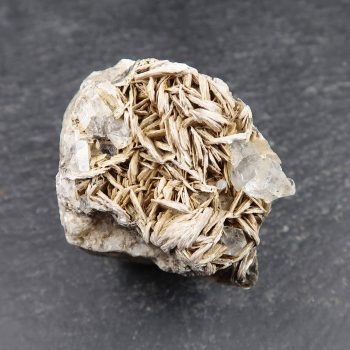
Aquamarine and Muscovite specimens
Original price was: £300.00.£250.00Current price is: £250.00. -
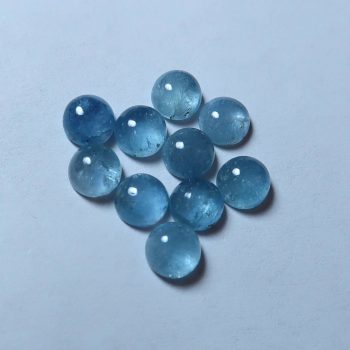
Aquamarine Cabochons
£15.00 -
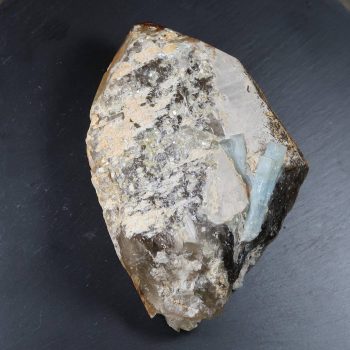
Aquamarine on Smoky Quartz with Mica
£100.00 -
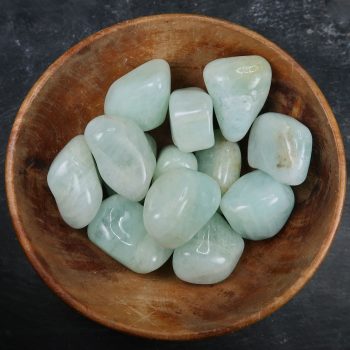
Aquamarine tumblestones
£3.00 -
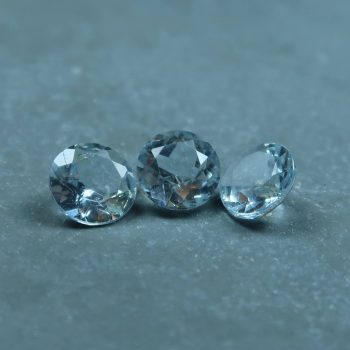
Aquamarine, Faceted
Price range: £5.00 through £35.00 -
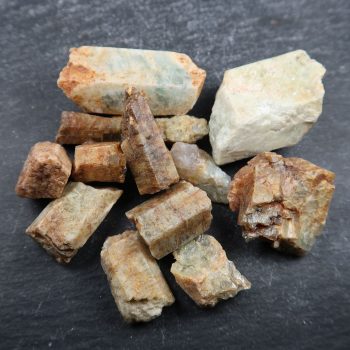
Beryl crystals and fragments
Price range: £2.50 through £3.00 -
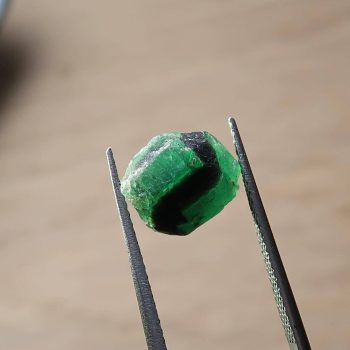
Emerald Specimens
Price range: £0.50 through £2.00 -
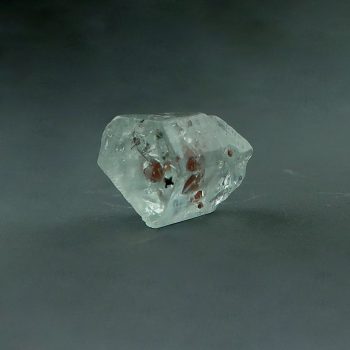
Garnet in Aquamarine specimens
£45.00 -
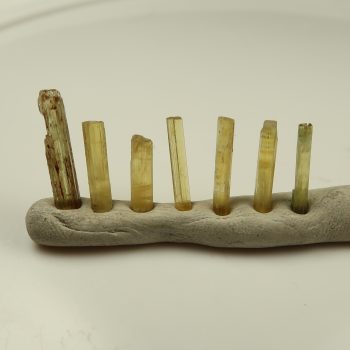
Heliodor Specimens
£5.00
Information about Beryl
Beryl is a silicate mineral that occurs in hexagonal crystal structures and can grow as large, well-formed prisms. It is renowned for its diverse range of colours, including green, blue, yellow, pink, white, and colourless.
Beryl crystals often exhibit a vitreous luster and are highly transparent to translucent, depending on the variety and purity. The mineral can also appear in massive or granular forms in some deposits.
The most well known forms of beryl include:
- Aquamarine – a blue-green gemstone grade form of beryl.
- Bixbite (red beryl) – an extremely rare red beryl from Utah, USA.
- Emerald – one of the most famous gemstones on Earth, the green gem form of beryl.
- Goshenite – a form of colourless beryl, sometimes irradiated to add colour.
- Heliodor – a golden yellow form of beryl.
- Morganite – a light pink to rose coloured form of beryl.
Uses and History
Beryl is highly valued as a gemstone, with its varieties such as emerald and aquamarine being particularly prized in jewellery.
Additionally, beryl serves as an industrial source of beryllium, a lightweight and strong metal used in aerospace, nuclear, and electronic applications.
Its vibrant colours and rarity have made it a favorite among collectors and mineral enthusiasts.
Beryl has been known and admired since ancient times, particularly for its gem-quality varieties.
Emeralds were treasured by ancient Egyptians, and aquamarine has been used as a talisman by sailors for centuries. The name “beryl” originates from the Greek word “beryllos,” referring to the mineral’s sea-green shades.
It gained scientific importance in the 18th century when beryllium was first identified as one of its constituent elements.
Mineralogy
Various – green, blue, yellow, colourless, pink and more.
Hazards and Warnings
Mineral collectors should wash their hands after handling specimens, to avoid any exposure to potential toxins.
Almost all rocks, minerals (and, frankly, almost all other substances on earth) can produce toxic dust when cutting, which can cause serious respiratory conditions including silicosis.
When cutting or polishing rocks, minerals, shells, etc, all work should be done wet to minimise the dust, and a suitable respirator or extraction system should be used.
Translations
Arabic:
Hindi:
Portuguese:
- Berilo
Bengali:
Indonesian:
Punjabi:
English:
Italian:
- Berillo
Russian:
- Берилл
French:
- Béryl
Japanese:
- 緑柱石
Spanish:
- Berilo
German:
- Beryll
Korean:
Thai:
Gujurati:
Mandarin Chinese:
- 绿柱石
Urdu:
